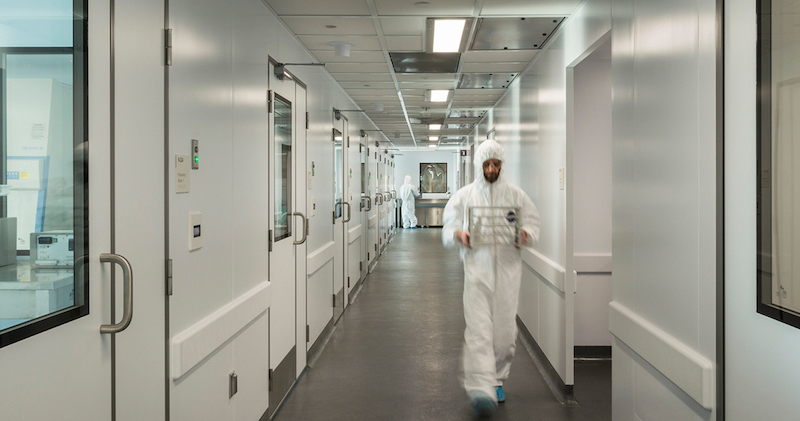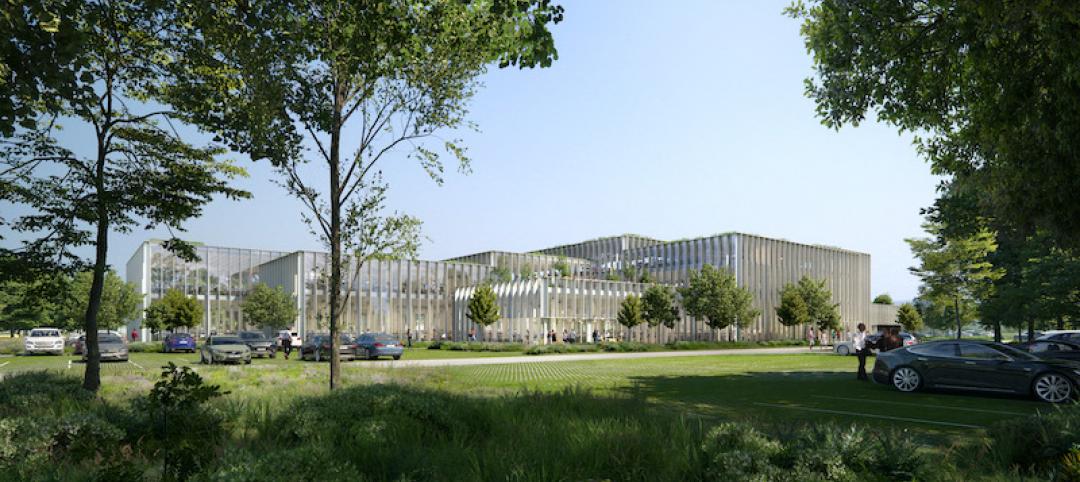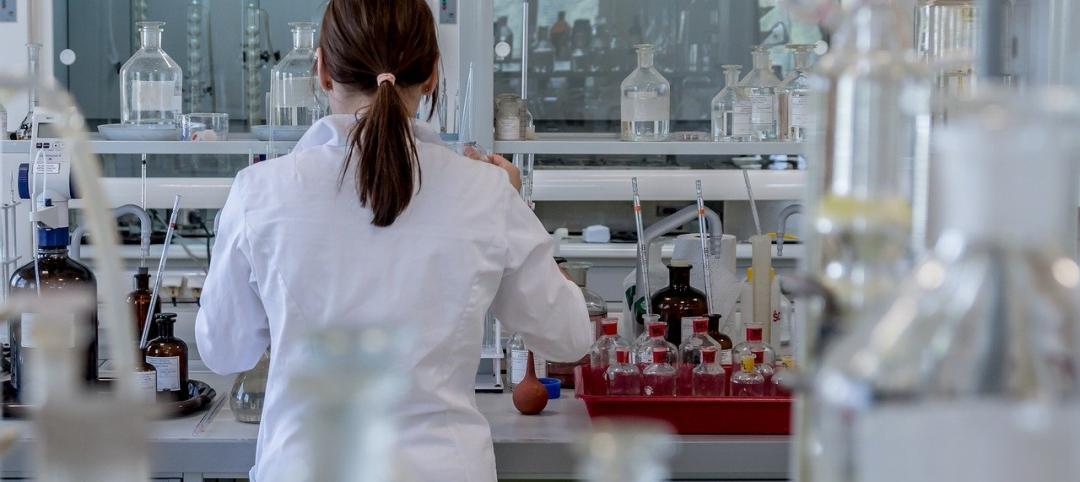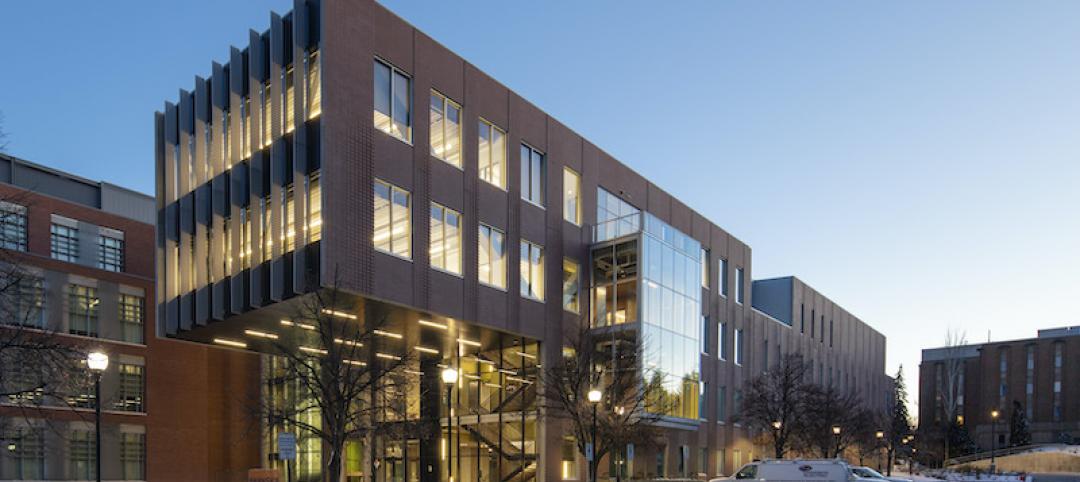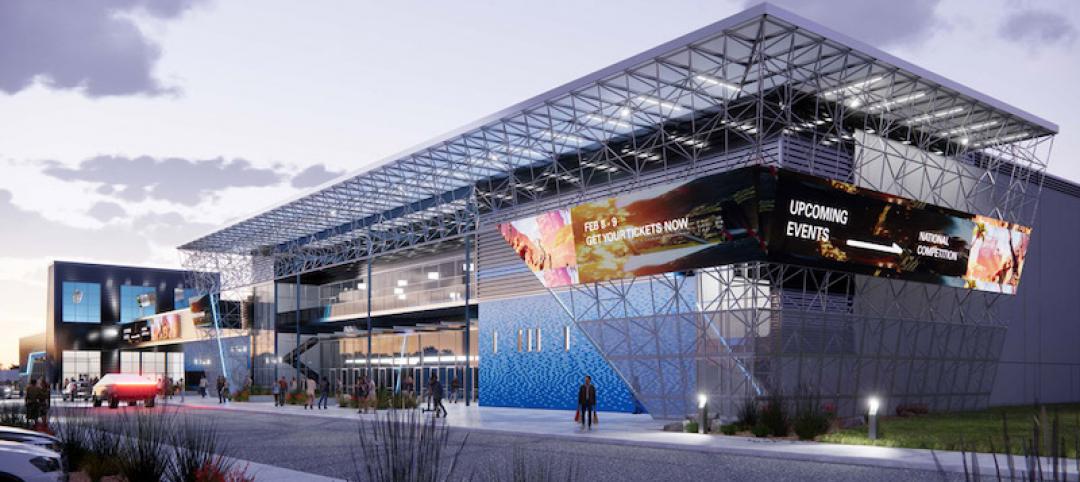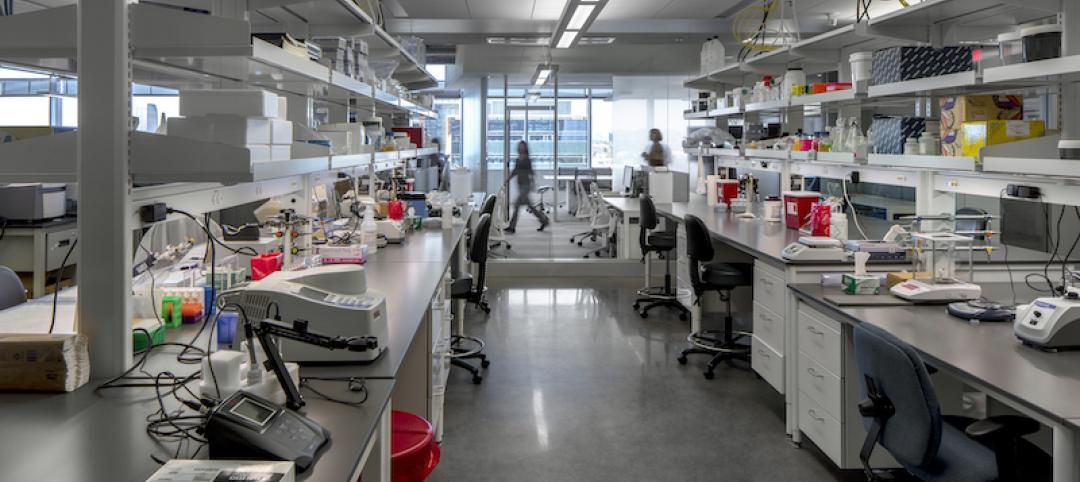Advances in the research and treatment of personalized medicine are making huge waves in the life sciences industry—especially in California. In fact, three of the top 10 ranked life sciences clusters are in California: No. 2, San Francisco; No. 3, San Diego; and No. 9, Los Angeles. Personalized medicine is one of the hottest trends in life science, so there is reason to take note of how the big shift will affect new and existing life science facilities.
Personalized medicine differs significantly from “traditional” research and development processes and is affecting the pharmaceutical manufacturing market in major ways. First, because the therapies produced for personalized medicine are targeted, manufacturing space is shifting from large-scale to small-scale and requires less validated piping and more single-use tubing and products. Second, manufacturing small amounts of these individualized therapies requires technology and equipment that are even more specialized—so having the deep expertise to design optimized, flexible laboratories is crucial.
There are two possible situations that start-ups and developers are encountering at this critical moment: they have existing manufacturing facilities that are not built to address current personalized medicine requirements, or they have available empty shell space for manufacturing that is ready to be designed for small-scale manufacturing. Below are a few major considerations these organizations should consider for small-scale lab manufacturing success.
Be Future-Focused
In this exciting world of personalized medicine, the spaces we design must be able to respond on a dime to evolving innovations and changing technologies. A laboratory designer who specializes in small-scale lab manufacturing should work with your team to anticipate space needs far into the future. We are seeing industry advancements such as Green Chemistry and 3D “bioprinting” technology that are completely changing current Good Manufacturing Processes (cGMP) and decreasing some typical standard process needs. The increased use of AI to complete redundant tasks is also affecting the way we design QA/QC laboratories and other support spaces. Having a broad understanding of how future innovations and technology can influence design saves time and money when planning a manufacturing space.
Understand Your End-User
Personalized medicine research and development requires the highest-quality individualized environments. Understanding the end-users who will ultimately occupy your space is critical. To design a truly innovative facility that will stand out to potential tenants or internal teams, consider both current design factors and possible building solutions that can be incorporated into the design now to adapt to future technology and manufacturing processes.
Also, consider what your end-users will manufacture within the facility. What public spaces will facilitate each user’s mission and culture? Often, the design focus is only on spaces that the FDA will visit and audit, but what about spaces intended to wow potential investors, patients and press? Support spaces often become important at this stage—not only for the scientists and researchers who occupy the space, but also for external audiences whom they need to impress.
Ensure Your Site is Large Enough
Even with this smaller-scale manufacturing, careful consideration and allocation of site space are essential to ensure necessary utilities perform optimally. Make sure there are adequate pads for outdoor generators. There are also many other utilities to consider, including cooling towers, transformers, gas, and delivery of materials. We recommend including a multi-story warehouse space with a full-height mechanical mezzanine. Additionally, loading requirements and truck turnarounds will ensure that your site is flexible enough for different forms of manufacturing.
Consider Your Contamination Strategy
Often, there are too few streams dedicated to materials handling in and out of facilities. Contamination is a major risk for pharmaceutical manufacturing, and small-scale manufacturing only magnifies this risk. Ensure that the building has enough dock doors and that dedicated paths exist for moving new materials into, and waste out of, the facility. We know that waste streams must be separated with both dedicated doors and physical barriers. Establishing non-crossing waste, finished product and raw materials streams are essential to FDA validation.
Make Security a Top Priority
With personalized medicine comes cutting-edge innovations, technologies, and even processes that are proprietary; these systems and spaces require space design that ensures confidentiality. Manufacturing spaces must have a high level of security in place that strategically considers design elements, such as where natural daylight and views into the facility are appropriate. This level of security not only needs to be integrated internally, but also should be a part of the overall design of the facility. The facility should look exciting, open, and welcoming while also maintaining security levels to safeguard proprietary processes.
Realize the True Ratios for Support Space
It may be surprising how much support space is recommended for small-scale lab manufacturing. For a 5,000-sf ISO-8 and tighter classified space, the recommended support space size should be at least three times the ISO space. These support spaces are critical to the facility’s success. Be sure to consider airlocks, storage and direct support spaces as these areas are often overlooked in a facility plan. Additionally, mechanical and other building support spaces dedicated to clean rooms and clean room support require adequate space—whether on a full-height mezzanine or outside the building. These clean manufacturing support areas can occupy large amounts of space, so understanding the need for such space is essential to the facility’s overall design.
Related Stories
Architects | Aug 5, 2021
Lord Aeck Sargent's post-Katerra future, with LAS President Joe Greco
After three years under the ownership of Katerra, which closed its North American operations last May, the architecture firm Lord Aeck Sargent is re-establishing itself as an independent company, with an eye toward strengthening its eight practices and regional presence in the U.S.
Architects | Aug 5, 2021
Lord Aeck Sargent's post-Katerra future, with LAS President Joe Greco
After three years under the ownership of Katerra, which closed its North American operations last May, the architecture firm Lord Aeck Sargent is re-establishing itself as an independent company, with an eye toward strengthening its eight practices and regional presence in the U.S.
Laboratories | Mar 10, 2021
8 tips for converting office space to life sciences labs
Creating a successful life sciences facility within the shell of a former office building can be much like that old “square peg round hole” paradigm. Two experts offer important advice.
Giants 400 | Dec 3, 2020
2020 Science & Technology Facilities Giants: Top architecture, engineering, and construction firms in the S+T sector
HDR, Jacobs, and Turner head BD+C's rankings of the nation's largest science and technology (S+T) facilities sector architecture, engineering, and construction firms, as reported in the 2020 Giants 400 Report.
Giants 400 | Dec 3, 2020
2020 Laboratory Facilities Sector Giants: Top architecture, engineering, and construction firms in the U.S. laboratory facilities sector
Affiliated Engineers, HDR, and Skanska top BD+C's rankings of the nation's largest laboratory facilities sector architecture, engineering, and construction firms, as reported in the 2020 Giants 400 Report.
Laboratories | Nov 16, 2020
Washington State University’s new Plant Sciences Building opens
LMN Architects designed the project.
AEC Tech Innovation | Sep 18, 2020
New Innovation Center should heighten Port San Antonio’s tech profile
The facility will include a 2,500-seat arena and serve as new home for the city’s S&T museum.
Laboratories | Aug 25, 2020
Video: What's driving the boom in life sciences real estate?
JLL's Audrey Symes discusses the drivers of growth across the nation's life sciences cluster hubs.
Laboratories | Jul 24, 2020
Customized labs give universities a recruiting edge
CO Architects is among a handful of firms that caters to this trend.


